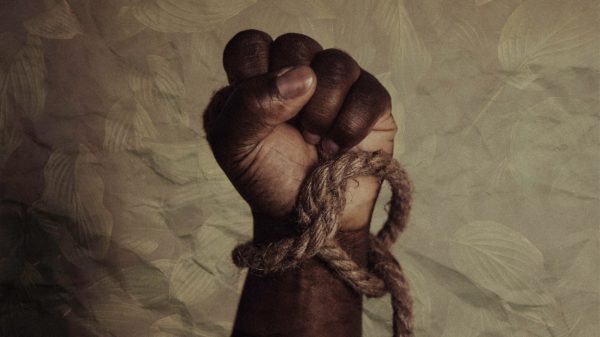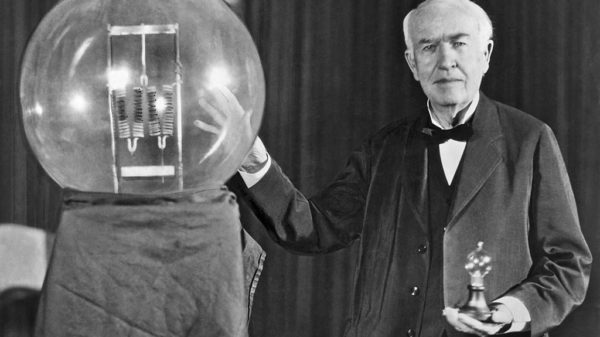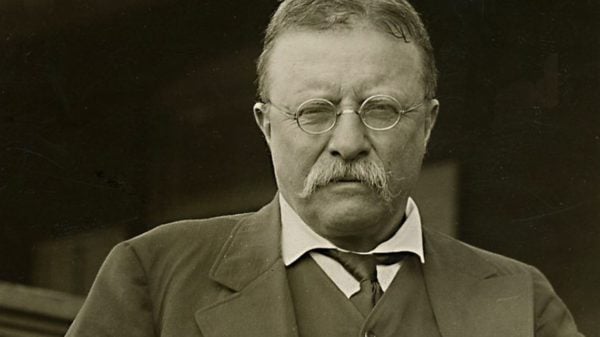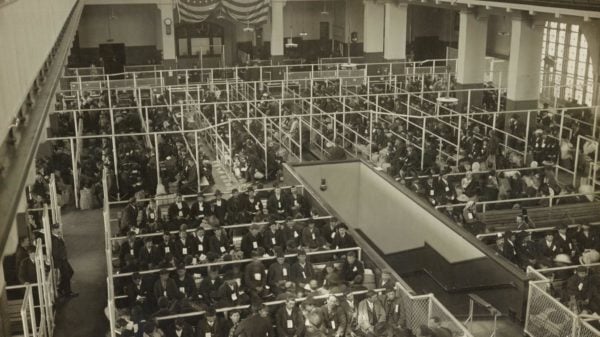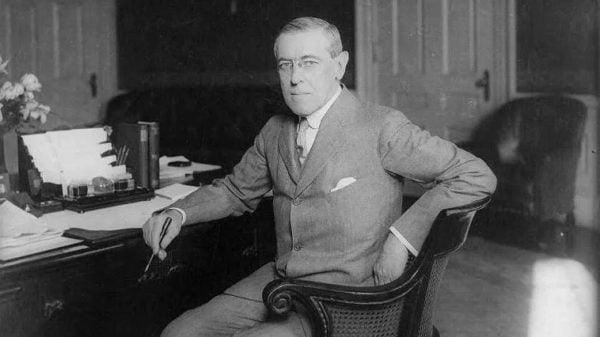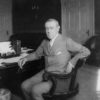If you have visited some of your elderly relatives’ homes, you may see a china cabinet filled with different glassware. That was the trend before. Homeowners were fond of collecting sets of dinnerware and glassware. Some homeowners choose to keep them as decorations. Others choose to use them regularly. Others collect tableware sets to give them as heirlooms to the next generation of their family or sell them at higher prices at auction in the future. One of the most sought-after sets are those produced by the Fostoria Glass Company.
The History of the Fostoria Glass Company. The Fostoria Glass Company is a privately-owned company founded by Lucian B. Martin and William S. Brady on December 15, 1887. The company borrowed its name from the town of Fostoria, in which it was originally built. The owners decided to build the company in Ohio to take advantage of the newly discovered natural gas pockets in the area. This natural gas was the perfect fuel for glass blowing and glassmaking. However, when other companies that needed the natural gas also set up shop in Ohio, the fuel supply quickly depleted. This forced the Fostoria to move to Moundsville, West Virginia, four years after it was founded. The owners decided to keep the name Fostoria even if it was not located in its original hometown anymore.
An early advertising material showed that Fostoria was engaged in glass manufacturing for tableware, cologne containers, glassware, and candelabra. Likewise, the company also manufactured vases, fruit jars, inkwells, and other glass vessels.
The Distinct Design of Fostoria Glass Company. Fostoria Glass Company specialized in the manufacture of etched and pressed glassware. Their earlier bestsellers were the candelabras, banquet lamps, and candle stands.
Fostoria Products. When Fostoria moved to Moundsville, its main focus was to manufacture elegant glass lamps and stemware for its restaurant and bar clientele. This focus continued until about 1915, when Fostoria introduced its pattern number 2056, also known as the American pattern. The pattern featured a geometric design featuring blocks that seem to overlap each other. The design, which was characterized as “block geometric,” became Fostoria’s most popular pattern. Fostoria’s line of products with the American design continued from 1915 up to the 1980s.
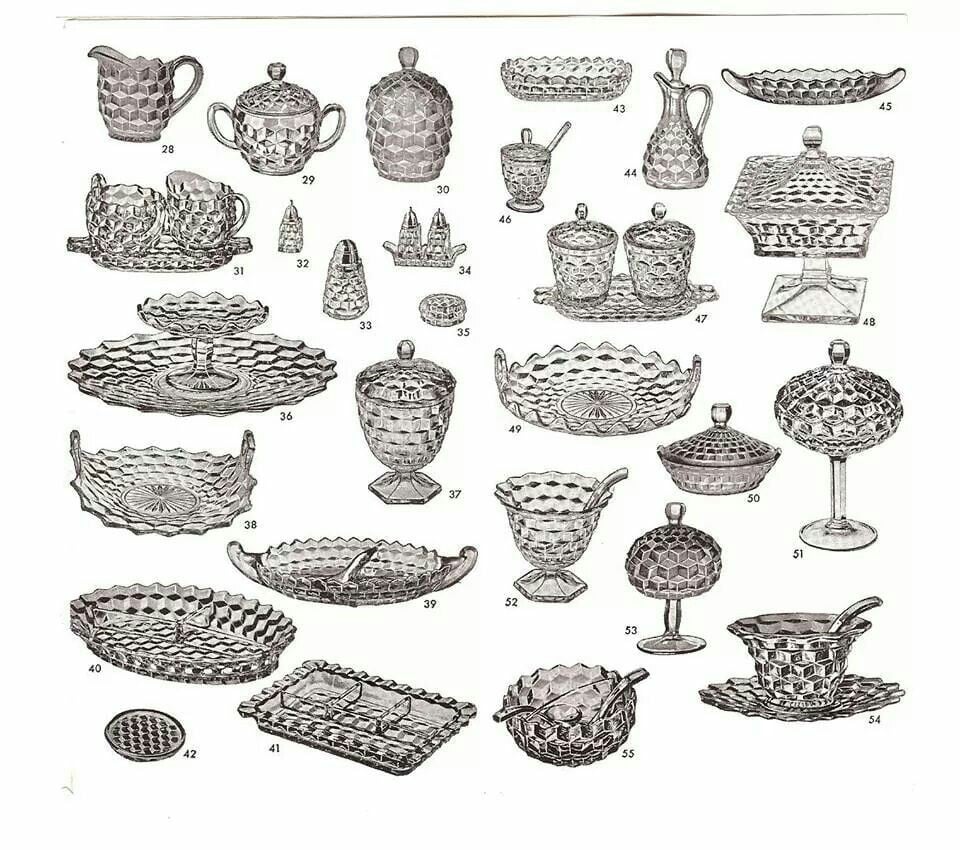
Pattern No. 2056 or American was probably the most popular of Fostoria’s glassware line
However, the prohibition time diminished Fostoria’s market to the bars and restaurants since most of them were forced to shut down. Fostoria soon began shifting its product line to include glass dinnerware. Because Fostoria used high-quality glass crystals and their glassmaking ability coupled with their use of colors, they produced unique dinnerware sets that quickly became sought-after pieces by collectors.
Fostoria’s Decline. Fostoria’s decline came about because of three major reasons:
- Other glass domestic glassmaking companies were also producing high-quality glassware at par with Fostoria’s.
- There was an influx of imported glassware that was cheaper since machines made these.
- Fostoria’s attempt to be more competitive by acquiring automated machines came too late that the company became unprofitable.
The Fostoria Glass Company permanently closed shop on February 29, 1986. By now, people who have complete Fostoria tableware sets may be looking to sell them at a much higher price.


